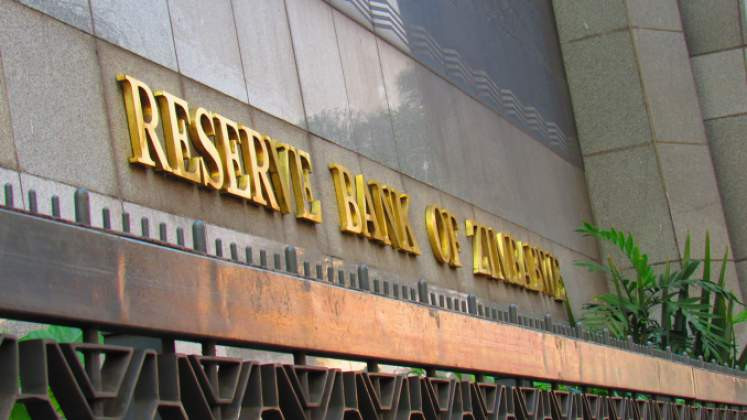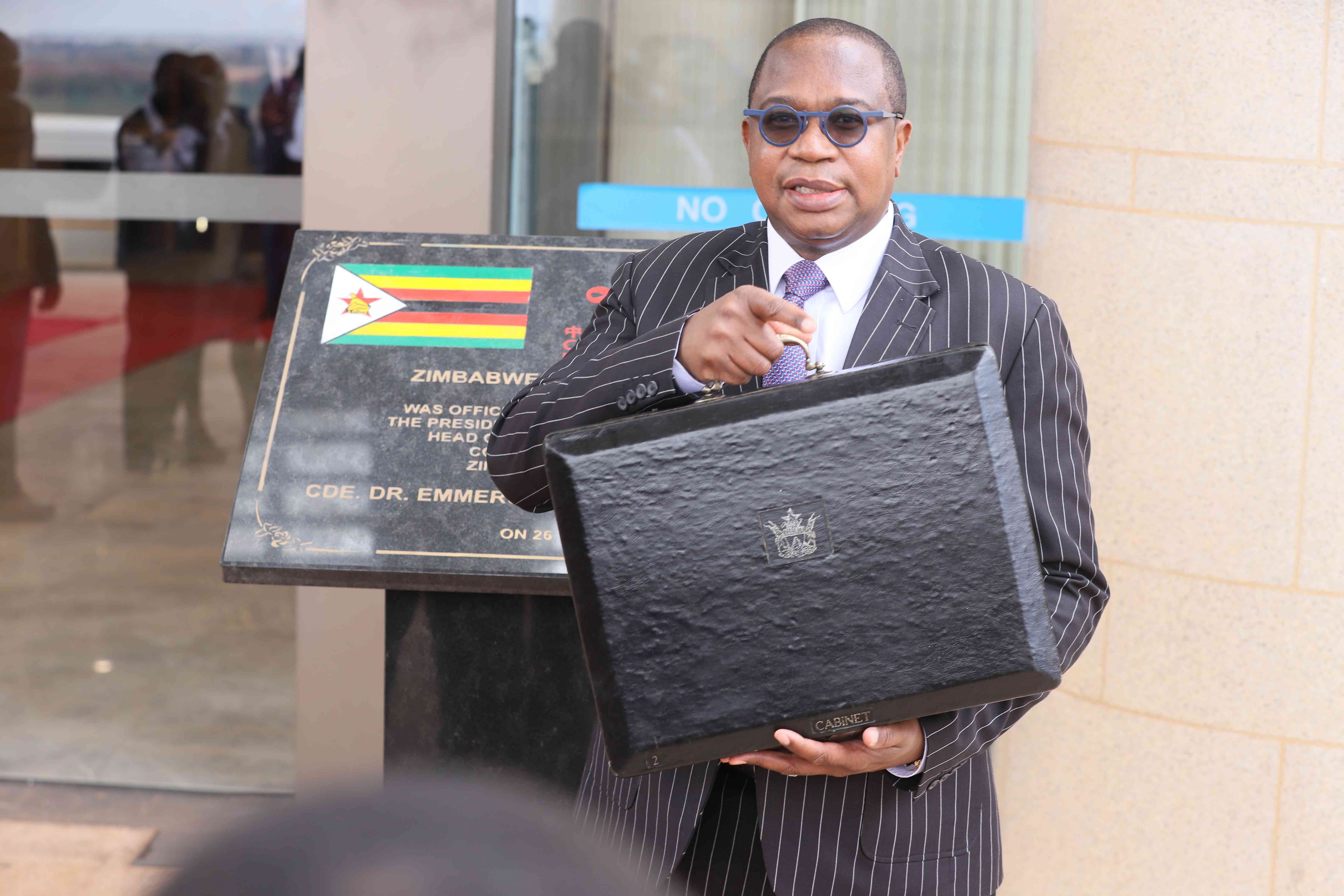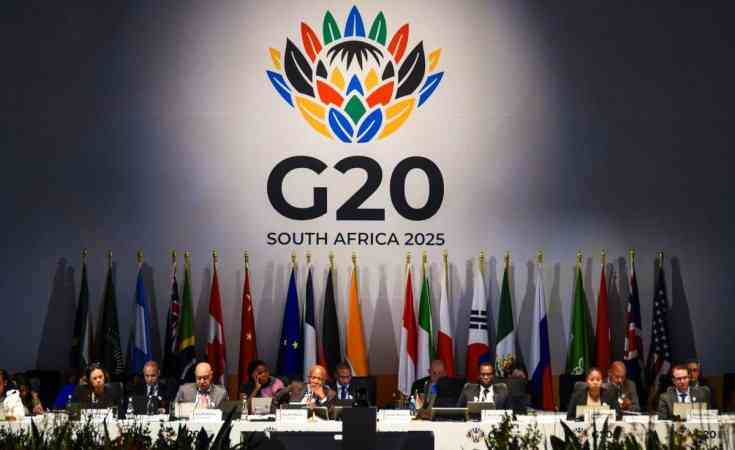
IN February 2023, the Zimbabwe National Statistics Agency (ZimStat) officially migrated from disseminating Zimbabwean dollar (ZWL) inflation statistics to blended inflation reporting.
This was made through the promulgation of Statutory Instrument 27 of 2023 (SI 27-2023).
Through the 2023 Monetary Policy Statement (MPS), the Reserve Bank of Zimbabwe (RBZ) argued that ZWL inflation was no longer reflecting the true market dynamics as the bulk of banking sector deposits (64,2%) and market transactions (76,56%) were now conducted in USDs in 2022.
The RBZ advocated for blended inflation statistics. Blended inflation is a weighted average increase in general prices based on ZWL and the United States dollar (USD).
The increased use of stable USD in the economy gives the greenback more weight when calculating blended inflation figures.
Authorities have struggled to clamp currency volatility since 2019. As such, resorting to blended figures will help them portray macro-economic stability, especially in the upcoming election season.
The nation is constitutionally expected to hold harmonised elections between August and September 2023.
Economic literature supported by Zimbabwe’s own experiences shows that government often spends excessively during election seasons offering unproductive subsidies, generous tax incentives, and undertaking massive infrastructure projects to garner electoral votes.
- Thousands flee economic mess
- Disband RBZ: Hanke
- 40 000 enumerators threaten legal action
- Zimbos don't want to burden SA's health system
Keep Reading
This excessive fiscal spending destabilises the ZWL and is highly inflationary.
The majority of lower-income earners live in rural areas - the stronghold of the ruling political administration. Also, because of slow speed and expensive internet access coupled with limited years of schooling and the existence of political gatekeepers like headmen and chiefs, rural folks have a restricted ability to filter propaganda.
Due to the aforementioned limitations, rural dwellers are likely to take what they hear from national news broadcasters as is when compared to their urban counterparts.
So, reporting ZWL metrics will affect the campaign messaging of the incumbent government as these numbers will show dismal economic performance.
ZWL metrics will also rightfully direct all the blame on government institutions, for instance, excessive money printing by the central bank.
This explains why RBZ has abruptly stopped publishing weekly reserve money (M0) updates under the guise of shifting from money supply targeting to interest rate targeting.
Since June 12 2020, RBZ has been publishing M0 weekly as a way to increase transparency, reduce speculation, and boost market confidence. Fast forward to 2023, the Bank had published weekly M0 statistics only once since the start of 2023 to date.
This was then followed by ZimStat, which had stopped publicly disseminating ZWL inflation statistics in February. ZWL inflation statistics last released in January 2023 showed year-on-year (YoY) and month-on-month (MoM) inflation outturn at 229,8% and 1,1% respectively.
When the rebranded Zimbabwean dollar dubbed the RTGS dollar was introduced in February 2019, the country began to struggle with incessant price growth. Statistics show YoY and MoM inflation mounting unsustainably, averaging 304,09% and 11,33% per month between February 2019 and January 2023.
In other words, Zimbabwe was in a hyperinflationary mode during this period. With effect from July 1 2019, the Public Accountants and Auditors Board (PAAB) directed all reporting entities to apply the requirements of International Accounting Standard 29 (IAS 29). IAS 29 gives guidelines for financial reporting in hyperinflationary economies.
However, the adoption of blended metrics now paints a better picture, which is misleading. ZimStat’s blended YoY inflation rate for February 2023 as measured by the all-items Consumer Price Index (CPI) plummeted to 92,3% while the MoM inflation rate fell to -1,6%.
So, from an MoM perspective, Zimbabwe technically entered a deflation period in February 2023 as the inflation rate fell below 0% (a negative inflation rate).
This clearly shows the dangers of blended metrics.
The metrics are showing falling prices of basics, which is out of sync with lived realities, especially for those leaving in urban areas where food prices have hit the roof.
Statistics are also showing that the government is still largely earning in ZWLs and largely paying its civil servants, contractors, and suppliers of goods and services in ZWLs.
More so, statistics are showing that in year-to-date (YTD) terms, the ZWL has erased more than 25% of its value against the USD in both markets after losing about 84% of its value in 2022 alone.
To reduce exchange rate losses, businesses are indexing their ZWL prices at parallel market rates. Resultantly, ZWL prices are upscaling whenever the ZWL nosedives against the USD in the parallel market thereby significantly reducing the purchasing power of those largely earning in fragile ZWLs.
This alone clearly shows that the government cannot solely rely on blended inflation figures without increasing the USD salary component of civil servants.
Somehow blended statistics can have an economic sense if both the government and private sector companies adjust the USD component of workers’ salaries in proportion to USD usage in the economy as measured by ZimStat’s classification of individual consumption according to purpose (COICOP).
For example, since the latest COICOP survey shows that 76,56% of formal transactions are being conducted in USDs, then at least 70% of a worker’s monthly salary must be in USDs.
This should be done after pegging all salaries in USDs say at US$540 per month for a public teacher. The arrangement is, however, difficult to implement across all sectors buttressing the fact that government policy cannot be informed solely by blended statistics.
Furthermore, authorities should not only use USD metrics when it is in their favour. ZimStat provided a blended inflation rate taking advantage of the dominance of stable USD to mask the fragility of the ZWL but went on to provide poverty metrics entirely in ZWLs.
The poverty metrics showed that an individual required about ZW$22 386 (US$1:ZW$912,58 at this week’s auction rate) in February 2023 to be considered food secure and about ZW$29 563 to be considered above total consumption poverty, which includes both food and non-food expenditure requirements.
Using February 2023 ‘overvalued’ official interbank rate of ZWL/USD 889,13, the aforementioned poverty metrics translate to about US$25,18 and US$33,25 per person respectively.
These USD figures are too conservative and highly contestable because they are misaligned with obtaining market prices.
It will be misleading to estimate that an average family of four can survive on US$133 per month and be considered both food and non-food secure.
But to mask this reality, ZimStat elected to report poverty statistics entirely in ZWLs (high nominal amounts) yet its inflation metrics were presented in a blended format.
In other cases, authorities are embracing the rapid re-dollarisation of the economy despite the prior official position that Zimbabwe is pursuing de-dollarisation.
For instance, in a letter dated February 26 addressed to the Intensive Energy Users Group, which includes miners, Finance and Economic Development minister Mthuli Ncube directed companies to pay Zesa electricity tariffs 100% in hard currency.
Also, the Treasury has increased USD taxes, permitted various government ministries, departments, and agencies (MDAs), and exempted other sectors, such as fuel and petroleum products to charge exclusively in foreign currency.
Yet, the poor majority are earning in fragile ZWLs. This clearly indicates a lack of government confidence in its own currency, which is plummeting perpetually.
While I have nothing against the publication of blended statistics, using blended metrics for official policy guidance is uncalled for. Many countries have dollarised before but there is zero evidence of these using blended metrics.
To me, blended statistics will distort various facets of the economy such as financial reporting, asset valuation, business contracts, interest rate setting, tax policy, regulation, indexation, pay setting and wage negotiations, research and analysis, and estimation of production costs among many other effects.
All of the foregoing can obliterate market confidence by severely jeopardising the credibility of the government and its policies, especially in the current risky election period.
As such, authorities must publicly disseminate separate USD and ZWL inflation statistics otherwise the market will resort to speculation and sometimes exaggerated unofficial statistics.
Sibanda is an economic analyst and researcher. He writes in his personal capacity. — [email protected] or Twitter: @bravon96











